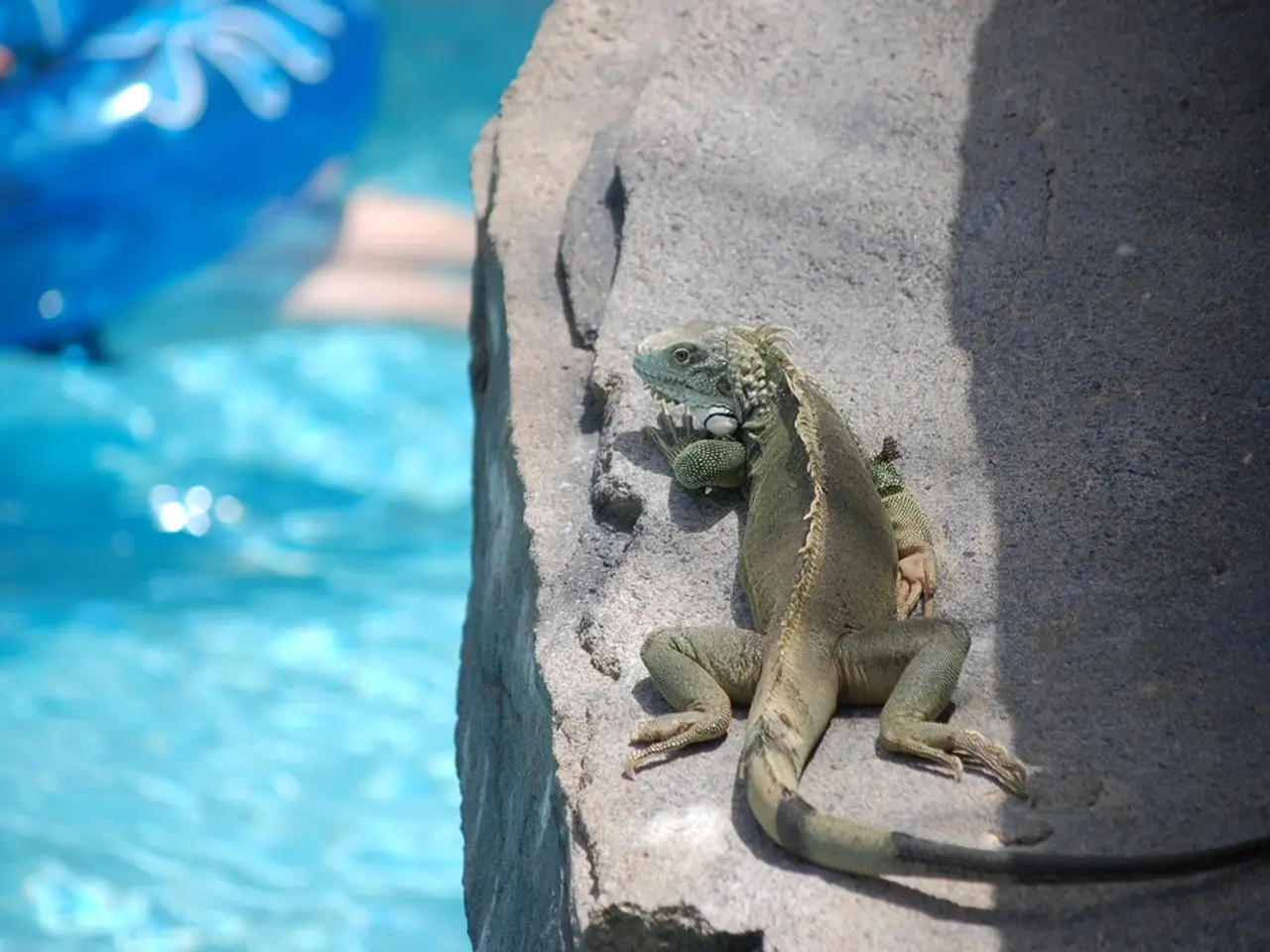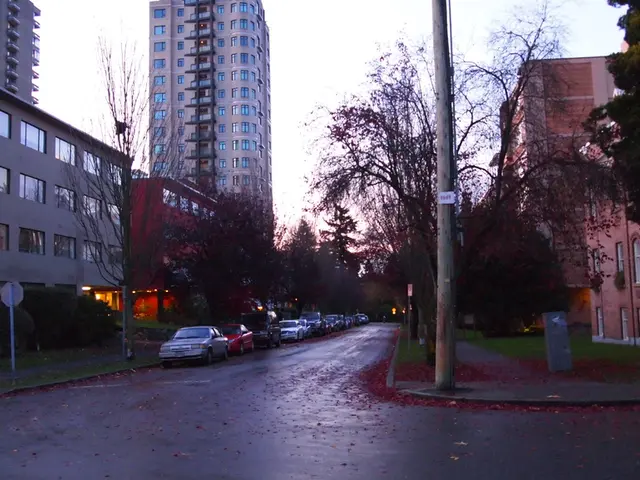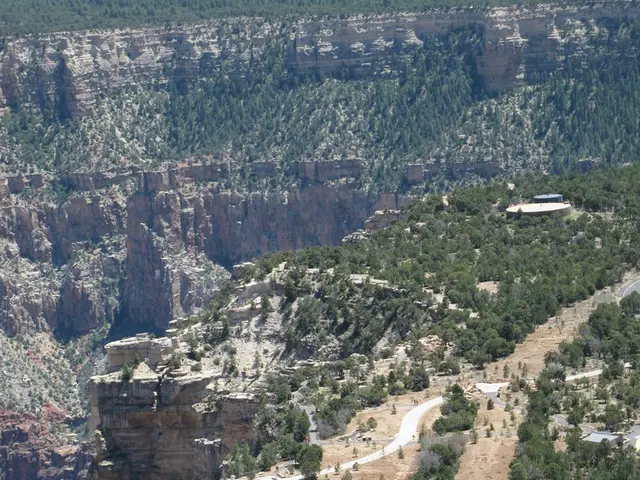"Julien Blanc-Gras journeys to Mexico, envisioning a hidden network of passages and subterranean caverns beneath his steps"
In the heart of Mexico's Yucatan Peninsula, the ancient world of the Mayans continues to fascinate and intrigue modern-day explorers. At the centre of this enigma are the cenotes - mysterious, subterranean sinkholes filled with crystal-clear water.
These natural wonders, known as dz'onot, meaning 'sacred well' in Mayan, have long been regarded as sacred portals connecting the mortal world with the divine and the underworld, Xibalba, in Mayan mythology. Guillermo de Anda, an archeologist, anthropologist, and explorer for National Geographic, has dedicated his life to the study of cenotes and their connection to Mexico's pre-Columbian roots.
Cenotes were considered crucial for ritual sacrifices, offerings, spiritual purification, and communication with divine forces. The Sacred Cenote at Chichen Itza, an archaeological site now recognised as one of the "seven new wonders of the world", played a pivotal ceremonial role. It was here that offerings and sacrifices, including human sacrifices of young people and children, were made to appease the gods, especially in relation to rain and agriculture, which were vital for Mayan survival.
Besides sacrificial ceremonies, cenotes were used for offering valuable objects such as jade and pottery, indicating their role as important ritual and prayer sites. They were also seen as wombs of the Earth, places where souls were purified, visions received, and spirits returned to their source. This imbues cenotes with a spiritual significance as sites of rebirth and transformation.
The cenote in the village of Yokdzonot, once a dumping ground, is now a tourist attraction that supports thirty families. Another natural masterpiece is the Noh-Mozon cenote, a 30m diameter crater carved into the jungle, where Maya artifacts and human remains have been found. Gerardo Sosa, a diving guide, leads divers into this mystical site, providing a glimpse into the past.
Interconnected and connected to the sea, cenotes are a testament to the sacredness the Mayans attributed to all elements of nature related to water. It is believed that the underworld in Mayan cosmogony represents the dark part of the Milky Way, and the symmetry between the underground world of cenotes and the cosmos kept the universe in balance.
Today, cenotes continue to be a source of fascination and awe, offering a window into the rich and complex culture of the ancient Mayans. The article about the exploration of cenotes can be found in EnVols n°03, October-November 2022, with the theme "Special Mineral". With approximately six thousand cenotes in the Yucatan peninsula yet to be explored, the mysteries of these sacred sites continue to unfold.
- Intrigued travelers, particularly those interested in adventure-travel and cultural-travel, may find the exploration of cenotes, mysterious subterranean sinkholes in Mexico's Yucatan Peninsula, a captivating addition to their itinerary.
- For budget-conscious explorers, a visit to the tourist-friendly cenote in Yokdzonot village could prove to be a cost-effective and educative experience, providing insights into the ancient Mayan lifestyle and their reverence for these natural wonders.
- For those seeking a more immersive and nostalgic encounter, opt for adventure-travel packages that include diving into the mystical Noh-Mozon cenote, guided by local experts like Gerardo Sosa, for a profound connection with the Mayan past.





